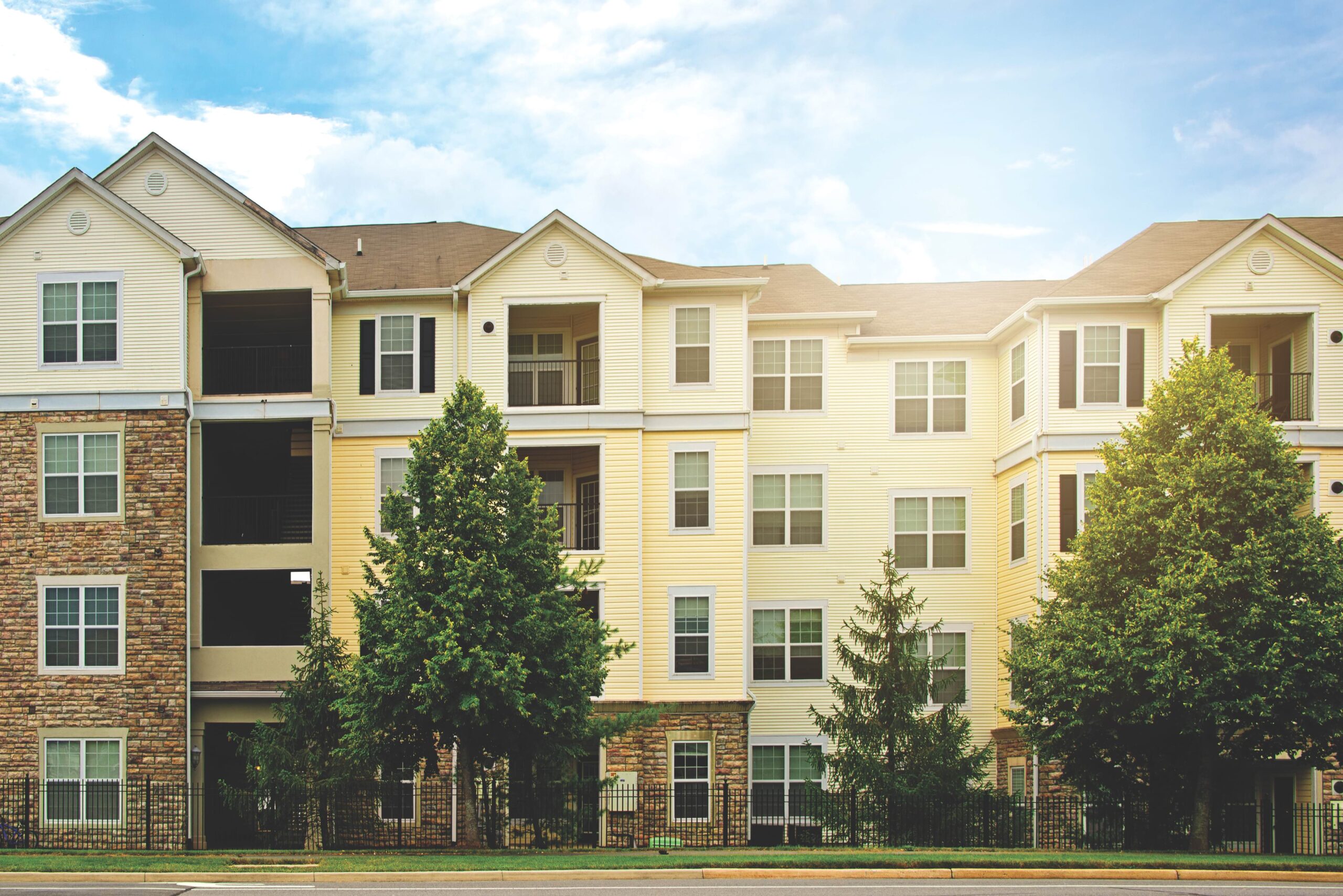
The Community Associations Institute (CAI) has taken steps to ensure buildings are safer than ever before. In response to the heartbreaking Surfside tragedy, CAI has gathered a team of experts to create public policy initiatives that prioritize building safety. CAI has also revised its Reserve Study Standards, with the help of fourteen industry experts. These revisions cover three critical areas and are designed to enhance building safety. The task force includes reserve specialists, association managers, board members involved in legislative committees, an attorney, and an accountant. With these new standards in place, communities can rest assured that their buildings are as safe as possible.
These revisions to the Reserve Study Standards, developed by the Community Associations Institute (CAI) in response to the Surfside tragedy, focus on enhancing building safety and ensuring the long-term maintenance of community assets. The revisions encompass three main areas:
- Disclosing long-lived assets in reserve study reports: It is important to disclose long-lived assets, such as foundations and electrical systems, to your reserve study (RS) provider, even if they do not require immediate funding or maintenance within the 30-year scope of the RS. By including these assets in the report, future surprises that could lead to deferred maintenance can be avoided. Your RS provider should provide information on the useful life and associated costs of these assets, even if they are not currently being funded.
- Regular preventative maintenance: During RS kickoff meetings, RS providers should inquire whether associations are regularly maintaining components within their community, regardless of their expected lifespan. Regular maintenance is crucial for components to reach their full useful life. If a component is not being regularly maintained, its useful life may be shortened. In such cases, your provider will determine the appropriate estimated remaining useful life and create a funding plan to prepare for its replacement. This is particularly important when the useful life has been compromised due to deferred or reactive maintenance.
- Inclusion of inspections as a reserve expense: This revision primarily applies to mid-rise and high-rise buildings. Periodic structural engineering inspections should be included in the RS as a reserve expenditure, when applicable. This ensures that funding is allocated for maintaining the current and long-term integrity and safety of the building. Additionally, any additional testing and inspections, such as pipe inspections, electric thermoscans, or pond bathymetric surveys, should also be considered for inclusion in the RS.
Read more on the CAI Reserve Study Standards here.
These revisions aim to provide a comprehensive approach to building safety and maintenance, emphasizing the need for transparency, proactive maintenance, and appropriate funding to ensure the long-term well-being of communities and their buildings.
Contact The Falcon Group today to speak with one of our eight Certified Reserve Specialists (R.S).









